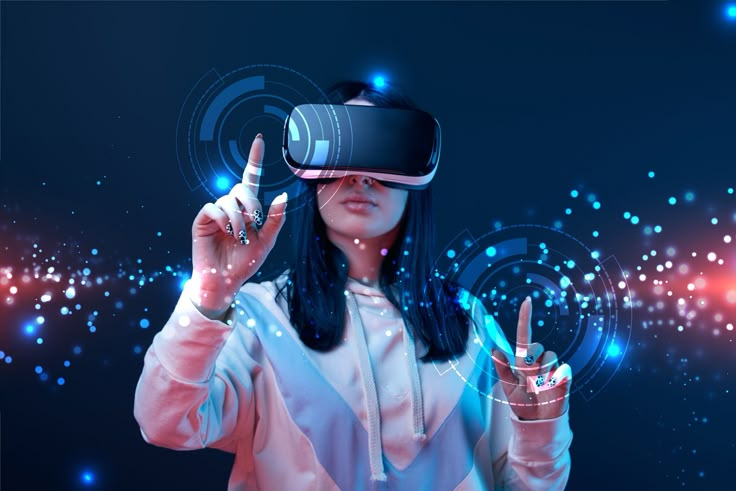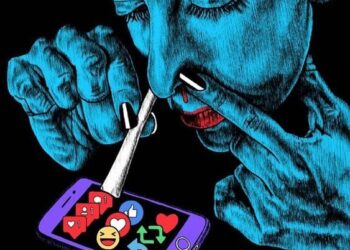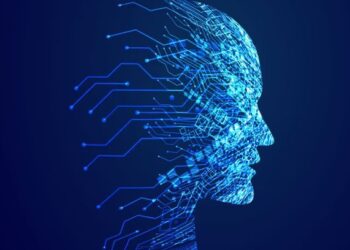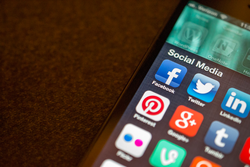The very fabric of how we consume entertainment has been fundamentally and irrevocably altered. Gone are the days of rigid television schedules, appointment-based movie premieres, and purchasing physical albums. We are living through a profound digital revolution, a seismic shift that has dismantled old industry pillars and erected a new, dynamic, and on-demand reality in their place. This transformation isn’t just about new technology; it’s about a complete rewiring of audience expectations, content creation, and monetization. For creators, producers, and consumers alike, understanding this new digital ecosystem is not just beneficial—it’s essential for survival and success.
Today’s audience is no longer a passive recipient of content; they are active curators of their own personalized entertainment streams. They expect instant access to a near-infinite library of films, music, and games, accessible on any device, at any time. This shift has been catalyzed by the ubiquity of high-speed internet, the power of smartphones, and the rise of sophisticated algorithms that learn and cater to individual tastes. The result is a hyper-fragmented, yet deeply interconnected, entertainment landscape where a viral TikTok video can command as much cultural cachet as a blockbuster film.
This comprehensive exploration will delve into the multifaceted digital shift in entertainment. We will dissect the dominant forces reshaping the industry, from the titan streaming platforms and the meteoric rise of the creator economy to the immersive worlds of gaming and the burgeoning potential of virtual and augmented reality. We will analyze the new rules of engagement, offering insights into how to capture attention, build communities, and thrive in an era defined by clicks, shares, and streams. This is the definitive guide to navigating entertainment’s new digital frontier.
The Streaming Tsunami: Redefining Content Consumption
At the heart of the digital entertainment revolution are the streaming services. Platforms like Netflix, Disney+, Spotify, and Apple Music have not just offered a new way to access content; they have fundamentally changed our relationship with it, ushering in an age of unprecedented choice and convenience.
A. The On-Demand Imperative and Binge Culture: The most significant change brought by streaming is the shift from a linear, scheduled model to an on-demand one. Audiences are now in complete control. This has given rise to the phenomenon of “binge-watching,” where entire seasons of a series are consumed in a matter of days. This model has profoundly impacted storytelling, with writers now crafting narratives with season-long arcs designed for continuous viewing, rather than self-contained episodic plots.
B. Data-Driven Content Creation: Streaming giants operate on a foundation of data. Every play, pause, rewind, and search query is a data point that feeds into powerful algorithms. This information dictates everything from content acquisition and greenlighting new projects to personalized recommendations. Netflix, for example, famously analyzes user data to determine potential audience size for a project before it even enters production, minimizing financial risk and maximizing the chances of a hit. This data-centric approach is a stark contrast to the traditional Hollywood model, which has long relied on intuition and past box office performance.
C. The Global Content Marketplace: Streaming has erased geographical borders. A Spanish series like La Casa de Papel (Money Heist) or a South Korean drama like Squid Game can become a global phenomenon overnight, without the traditional hurdles of international distribution deals. This has created a more diverse and vibrant entertainment landscape, where creators from all corners of the world have a platform to reach a global audience, and viewers are exposed to a rich tapestry of international stories.
The Creator Economy: The New Hollywood
Parallel to the rise of streaming giants, a powerful, democratized movement has been gaining unstoppable momentum: the creator economy. Platforms like YouTube, TikTok, Instagram, and Twitch have empowered individuals to become broadcasters, storytellers, and entertainers in their own right, building massive audiences and successful businesses from their bedrooms.
A. From Influencer to Media Mogul: The term “influencer” is no longer sufficient. Top creators are sophisticated media entrepreneurs. They manage production schedules, marketing campaigns, merchandise lines, and diverse revenue streams that can include advertising revenue, brand sponsorships, affiliate marketing, and direct fan subscriptions through platforms like Patreon. Creators like MrBeast on YouTube operate on a scale comparable to traditional production studios, with massive budgets and large teams dedicated to creating viral content.
B. The Power of Authenticity and Niche Communities: Unlike the polished, often distant-feeling content of traditional media, the appeal of creators lies in their authenticity and direct connection with their audience. They foster dedicated communities around niche interests, from vintage video games and miniature painting to advanced astrophysics and vegan cooking. This direct relationship builds a level of trust and loyalty that brands find incredibly valuable, leading to the explosive growth of influencer marketing.
C. Short-Form Video’s Dominance: The rise of TikTok, Instagram Reels, and YouTube Shorts has signaled a major shift in content consumption habits, particularly among younger demographics. These platforms thrive on hyper-engaging, algorithmically-driven, short-form video content. This has forced the entire entertainment industry to adapt, with movie studios using TikTok to market blockbuster films and musicians leveraging viral dance challenges to propel their songs to the top of the charts.
Gaming: More Than Just a Game

Gaming has evolved from a niche hobby into the largest and most profitable segment of the entertainment industry, surpassing both the film and music industries combined. Its influence now permeates mainstream culture, driven by technological innovation, social connectivity, and new business models.
A. Games as a Service (GaaS): The business model for gaming has shifted from a one-time purchase to a continuous “Games as a Service” (GaaS) model. Titles like Fortnite, Apex Legends, and Genshin Impact are free to play, generating billions in revenue through the sale of in-game cosmetic items, battle passes, and other microtransactions. This model keeps players engaged for years, with a constant stream of new content, events, and updates.
B. The Rise of Esports: Competitive gaming, or esports, has exploded into a global spectacle. Professional players, organized leagues, and massive tournaments with multi-million dollar prize pools now fill arenas and attract millions of viewers online via platforms like Twitch and YouTube. Esports has created a new class of celebrity athletes and a dedicated ecosystem of teams, sponsors, and broadcasters, mirroring the structure of traditional professional sports.
C. The Metaverse and Social Gaming: Modern games are becoming social platforms. They are virtual spaces where people gather not just to play, but to socialize, attend virtual concerts, and express their digital identities. Events like Travis Scott’s concert within Fortnite, which drew over 12 million concurrent players, highlight the potential of these platforms as the next frontier of social entertainment and the building blocks of the nascent metaverse.
The Next Frontier: VR, AR, and AI
While still in their earlier stages of adoption, technologies like Virtual Reality (VR), Augmented Reality (AR), and Artificial Intelligence (AI) are poised to trigger the next wave of disruption in the entertainment industry.
A. Immersive Experiences with VR and AR: VR offers the promise of complete immersion, transporting users into virtual worlds for gaming, live events, and narrative experiences. AR, on the other hand, overlays digital information onto the real world, with applications ranging from interactive mobile games like Pokémon GO to filters on Instagram and Snapchat. As the hardware becomes more accessible and affordable, these technologies will unlock entirely new forms of storytelling and interactive entertainment.
B. AI in Content Creation and Personalization: Artificial intelligence is already working behind the scenes, powering the recommendation algorithms that decide what you see next. However, its role is expanding rapidly. AI is now being used to assist in the creative process, from generating script ideas and composing music to creating realistic visual effects. In the future, AI could enable dynamically generated content, creating stories and game worlds that are unique to each individual user.
Navigating the New Rules of Entertainment

The digital shift has rewritten the playbook for success. In this new landscape, attention is the most valuable currency, and the ability to adapt is paramount. Content must be discoverable, engaging, and shareable. Marketing is no longer about massive, one-size-fits-all campaigns but about targeted, data-informed outreach and fostering genuine community engagement.
The transformation is far from over. As technology continues to evolve and audience behaviors shift, the entertainment industry will continue its dynamic evolution. The monolithic media empires of the past are giving way to a more fragmented, diverse, and democratized ecosystem. For those who can master the new digital tools, understand the power of community, and create compelling, authentic content, the opportunities are boundless. The curtain has risen on a new age of entertainment, and the show is just getting started.












